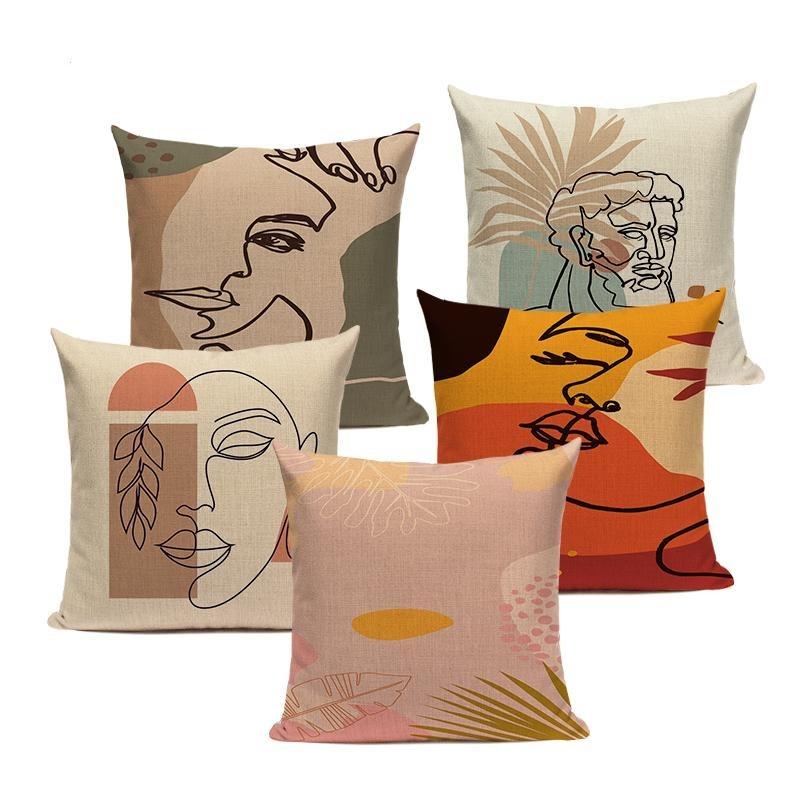Unique Art Fundamentals Explained
Unique Art Fundamentals Explained
Blog Article
The Basic Principles Of Unique Art
Table of Contents8 Simple Techniques For Unique ArtSome Of Unique ArtThe Best Guide To Unique ArtThe Best Guide To Unique Art
While one might debate which art type holds precedence, the reality stays that each of these 7 types gives an unique window into human background, society, and development. They are the tapestries that chronicle our journey, advising us of our past while motivating visions for the future.Fantastic art work informs a story, makes individuals look twice, and develops an unique experience that can not be matched. Art and images interact all of that with shade, form and various other design elements. Discover how to make your special artwork attract attention from the crowd.
3 Emil DervishIn this entryway by Emil Dervish that stunning cobalt blue door steals the program. To bring a lot more dramatization, he prolonged the paint. to the doorframe and the wall surface up, completing in an arched form. The curves, together with a round sconce, soften the sides - Unique Art. After that frameworks classic posters and maps of precious places set the scene.
8 TRIA GIOVANEqual components grand and laidback, this entrance hall made by Anthony Baratta is the ideal blueprint to comply with if you're decorating an official entrance that still feels unfussy and comfortable. Formed fabrics take spotlight (see the carpetings and the sofa), yet they also aid bring the high ceilings down to a human range when hung over wallpaper.
Unique Art Fundamentals Explained
18 Heidi Caillier DesignA gallery wall doesn't need to take up the entire space. Sometimes a little one can make a larger design statement. In this living room, Hiedi Caillier chose for micro-mini frameworks and a random make-up.
, the expression of concepts and feelings, with the development of particular aesthetic qualities, in a two-dimensional visual language. The aspects of this languageits forms, lines, colours, tones, and texturesare made use of in different means to create experiences of quantity, room, movement, and light on a level surface area. These components are incorporated right into expressive patterns in order to stand for actual or mythological sensations, to interpret a narrative theme, or to develop completely abstract visual relationships.
Later on the concept of the "fine artist" developed in Asia and Renaissance Europe. Throughout the 19th century painters in Western cultures began to lose their social setting and safe and secure patronage.
Everything about Unique Art
Others earned an earnings via exploring exhibitions of their job. The requirement to appeal to a market had actually changed the similar (if much less impersonal) needs of patronage, and its impact on the art itself was possibly similar also. Unique Art. Usually, artists in the 20th century can reach a target market just through industrial galleries and public museums, although their job might have been periodically replicated in art periodicals
For a conversation of the imitation of masterpieces, see forgery. For a discussion of the role of painting and other arts in my explanation faith, along with of the use of religious signs in art, see religious significance and iconography. For information on various other arts associated to paint, see articles such as drawing; individual art; printmaking. It is the feeling of inevitability in this formal company that offers an excellent painting its self-sufficiency and visibility. The colours and placement of the principal photos Recommended Site in a layout may be occasionally greatly decided by representational and symbolic factors to consider. It is the formal interaction of colours and shapes that alone is capable of interacting a certain state of mind, creating optical feelings of space, quantity, motion, and light and producing pressures of both consistency and stress, even when a painting's narrative importance is odd.
Do not copy the style of other artists if you're looking for your style. Copying other people's artwork can be excellent in academic objectives however it will not make you closer to discovering your very own one-of-a-kind style. Your artistic design has to be, what you like and what influences you.

10 Simple Techniques For Unique Art
You need to try great deals of various alternatives and check out whatever before you can concentrate on one certain style or you'll be burnt out, or even worse, you'll dislike your own design. I suggest you to try every single topic that you're interested in, check out as much as you can. Try various mediums that delight you and new strategies you have actually never ever tried prior to.
With time you'll be able to arrange every one of them right into your favorite and the very least favorite classifications. Attempt to focus your attention on the subjects and tools that you like and prior to you see it coming you'll have your own personal and distinct design, like nobody else have! So in the end you'll have a few preferred topics to repaint and possibly a few preferred tools.

Report this page